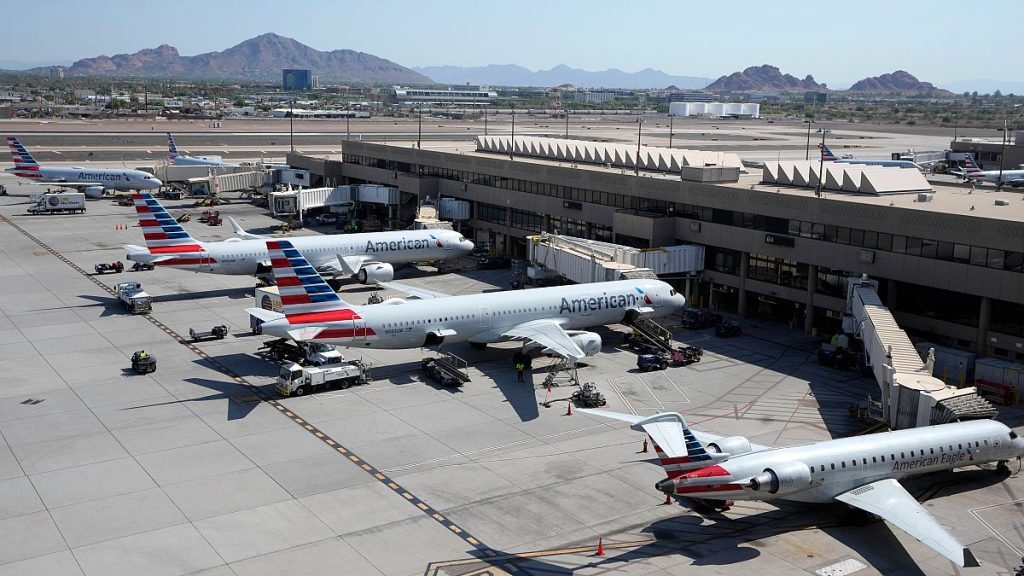The morning of September 20, 2023, witnessed a significant disruption in air travel across the United States as American Airlines, a major US carrier, experienced a nationwide system outage. The Federal Aviation Administration (FAA) confirmed that American Airlines had requested a ground stop, effectively halting all departures for the airline and its subsidiaries. The technical glitch impacted the airline’s entire system, preventing vital operations such as flight scheduling, communications, and passenger check-in processes. Although the precise nature of the technical malfunction wasn’t immediately disclosed, the repercussions were widespread, impacting thousands of passengers and creating a ripple effect across the American Airlines network.
The ground stop, initially implemented nationwide, brought about considerable uncertainty and frustration for travelers. Airports across the country saw a backlog of American Airlines flights, with passengers stranded at gates awaiting updates. Social media platforms buzzed with reports of the outage, with travelers sharing their experiences and seeking information from the airline. American Airlines, via its social media channels, acknowledged the technical difficulties and assured passengers that their teams were diligently working to resolve the issue. However, the lack of a detailed explanation regarding the cause of the outage further fueled anxieties.
Adding to the complexity of the situation was the timing of the outage. Occurring just before the start of the busy holiday travel season, the ground stop threatened to disrupt the travel plans of millions. The Transportation Security Administration (TSA) had projected approximately 40 million passengers traversing through airports during the holiday period, extending until January 2nd. The system failure, therefore, posed a substantial logistical challenge, with the potential to cascade delays and cancellations throughout the holiday travel rush. The airline faced the daunting task of not only rectifying the technical problem but also managing the resulting backlog and minimizing the disruption to passenger itineraries.
Approximately an hour after the initial ground stop, reports emerged that the technical issue had been resolved. The FAA subsequently lifted the ground stop, allowing American Airlines to resume flight operations. However, the aftereffects of the outage continued to linger. Flight tracking services, like Flightradar24, indicated that it would take a considerable amount of time for flight schedules to return to normal. The ripple effect of the hour-long disruption meant that delays and potential cancellations were still anticipated as the airline worked to reposition aircraft and crew, and reschedule affected flights.
While the immediate crisis was averted with the restoration of the airline’s systems, the incident underscored the vulnerability of complex technological systems that underpin modern air travel. The reliance on intricate interconnected systems means that a single point of failure can have widespread and significant consequences. The disruption also highlighted the challenges airlines face in communicating effectively with passengers during unexpected events. While American Airlines utilized social media to acknowledge the situation and provide updates, the absence of a comprehensive explanation about the root cause of the outage left many passengers feeling uninformed and frustrated.
The incident serves as a reminder of the importance of robust contingency plans and effective communication strategies in the aviation industry. Airlines need to invest in resilient systems that can withstand technical glitches and have protocols in place to swiftly address such disruptions. Furthermore, transparent and proactive communication with passengers during such events is crucial to manage expectations and mitigate anxieties. As the industry continues to rely heavily on technology, safeguarding against such disruptions and ensuring seamless passenger experiences will become increasingly paramount. The lessons learned from this incident will undoubtedly shape future strategies for airlines to navigate technical challenges and maintain operational efficiency, particularly during peak travel periods.














